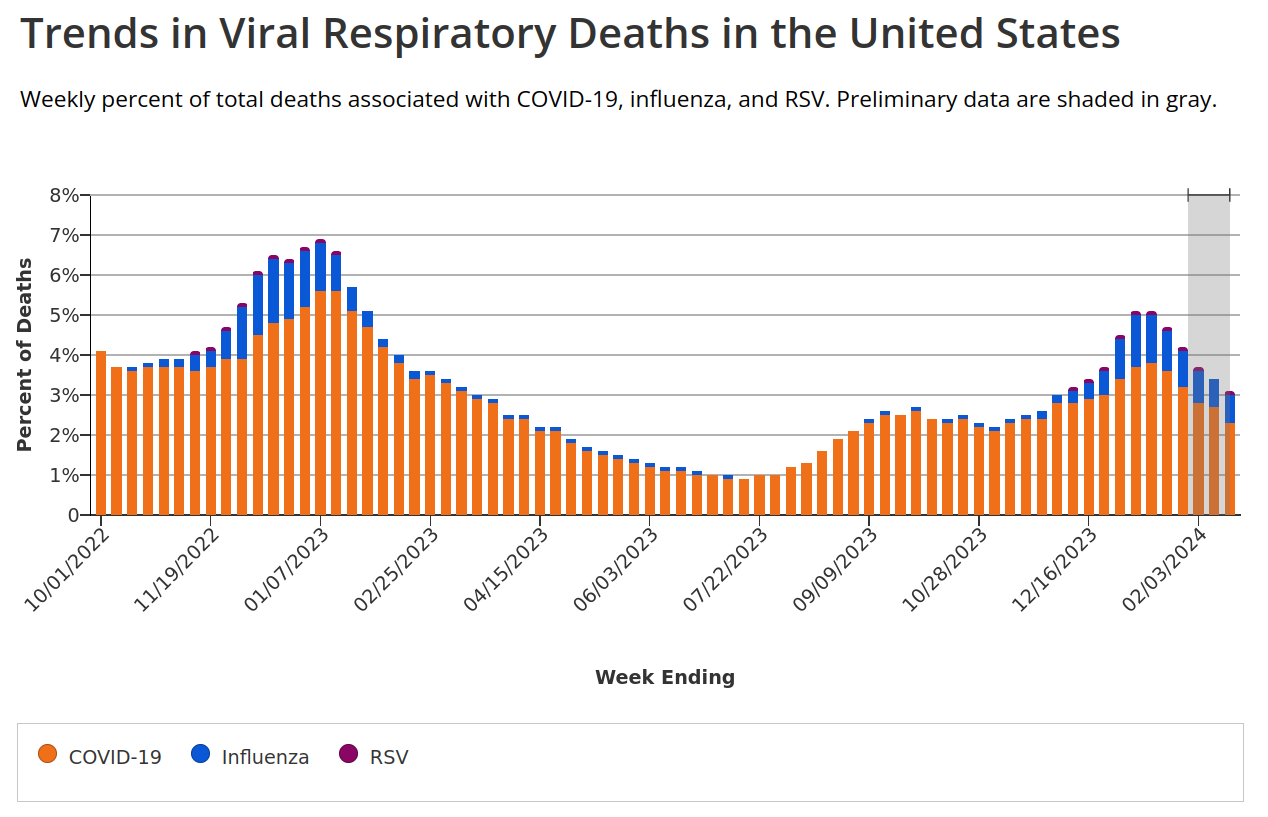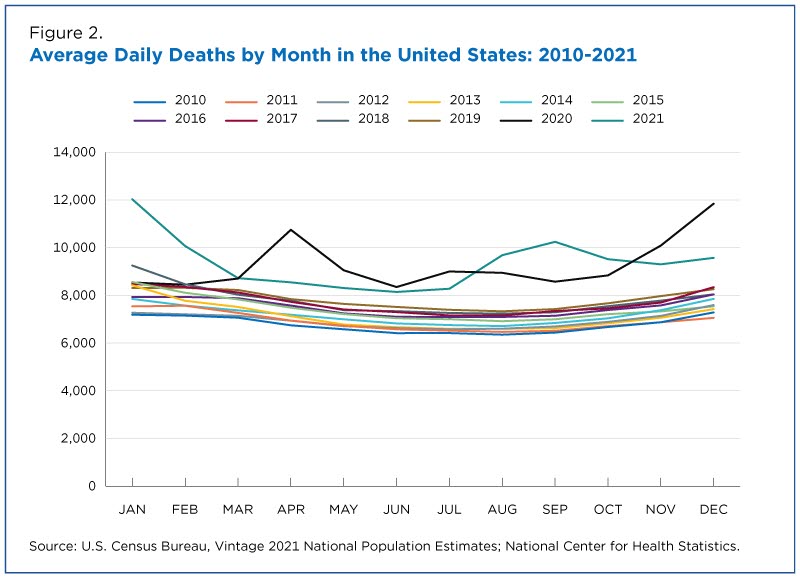The US will begin air dropping food aid to the people of Gaza, President Joe Biden announced on Friday, as the humanitarian crisis deepens and Israel continues to resist opening additional land crossings to allow more assistance into the war-torn strip.
Speaking in the Oval Office, Biden said the US would be “pulling out every stop” to get additional aid into Gaza, which has been under heavy bombardment by Israel since the October 7 Hamas terror attacks.
“Aid flowing to Gaza is nowhere nearly enough,” the US President said, noting “hundreds of trucks” should be entering the enclave.
Biden said the US is “going to insist that Israel facilitate more trucks and more routes to get more and more people the help they need, no excuses”.
He also noted the efforts to broker a deal to free the hostages and secure an “immediate ceasefire” that would allow additional aid in.



So if I’m understanding you correctly, you went from
thinking covid wasn’t causing any/many additional deaths per year, just speeding them up a little
to providing a graph that shows thousands of extra people are dying each year
to saying all those extra deaths were because people weren’t getting sick from normal diseases, despite us not seeing much of a drop in 2020 from people not getting those diseases during the covid restrictions. But now that the restrictions are lifted and they’re being exposed to those normal diseases (and covid) again, all/most of theses extra deaths are from the normal diseases and have nothing to do with covid.
Norway absolutely did a better job at handling covid than the US, but the US’s death rate seems to just be permanently higher now as a direct result of covid. Maybe removing all restrictions was the right thing to do, but we shouldn’t ignore the fact that it comes at the cost of several thousand more people dying each year, just in Norway.
It was, as I said, not a sustained increase:
From that we can conclude that after an initial burst in death numbers, as covid and other viruses passes through the populace (which is bound to happen without indefinite restrictions), death rates return to normal. Also, with respect to uncontrolled spread in unnvaccinated populace, the increase was very minor. Actually comparable to a few high normal years earlier. Hence we can conclude reopening of society and the vaccines enabling it to be a major success, all things concidered, yeah.
You are very much wrong in saying stuff like each year and so on. There is no data to back your claim.
I mean, no, we really can’t. There’s not enough data available (that I’m willing to search for) to say for absolutely sure that excess deaths has increased and will stay high, but even just the snapshot you provided here shows that it’s slightly lower in January, and massively higher the rest of the year. Maybe the May 2023 data shows that the numbers are evening out compared to 2016-2019, but the one year we actually get to see shows way more excess deaths over the course of a year compared to before. You can’t just look at the most recent month, that’s not how yearly trends and averages work.
You won’t have much of an argument that the numbers are going back to “normal” until you’ve got closer to a full year’s worth of data with that excess deaths line being close to zero.
Yea, “totally absolute for sure” was the standard you applied to yourself, I assume, when you talked about how thousands will die for sure in the coming years in perpetuity? The numbers for 2023 are no higher than normal either, and this time I won’t bother to dig them up for you just so you can make a shitty accusation about me cropping a screenshot to not include info or something. There is no data that backs the claims you have made. I have provided more than sufficient for mine.
Edit: I guess next time I see a fucking “mOVInG tHe GOOalPoSt!!!” I will take the clue and not fucking bother.
The numbers for 2023 in the 2-3 months you have data for. Look at the rest of the graph, how it starts off lower in January and is higher for the rest of the year. Go back up and look at this graph
and see how covid comes in waves each year, not evenly distributed throughout. Then go back and look at this graph
and see that based on the data we have in the US, deaths per year has stayed above the previous yearly patterns. We don’t have all the data over a long period of time because covid hasn’t been around for all that long. But from what we can see so far, it kills people. The exact number per year remains to be seen, but from the data we have it’s been in the thousands, just in Norway.
Half of the sources you posted actively worked against your own arguments. Maybe you shouldn’t bother.
EDIT of my own: After looking at one of your sources (Eurostat)
you can see that January-March was lower than 2016-2019, but it’s been on the rise again across the EU, and especially in Norway. Again, you can’t just look at one single month and decide that it’s representative of everything, everywhere, across all time going forward.